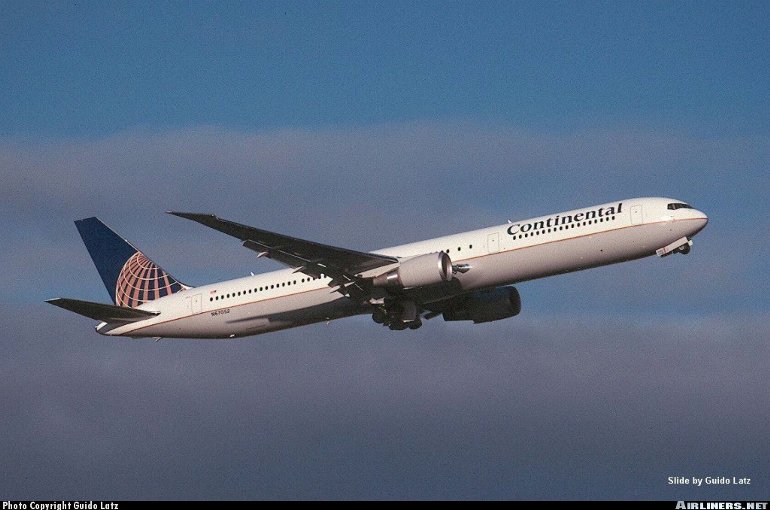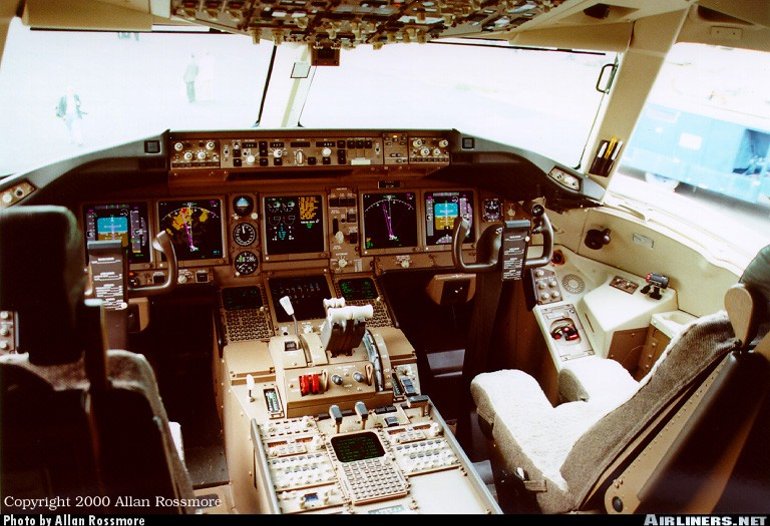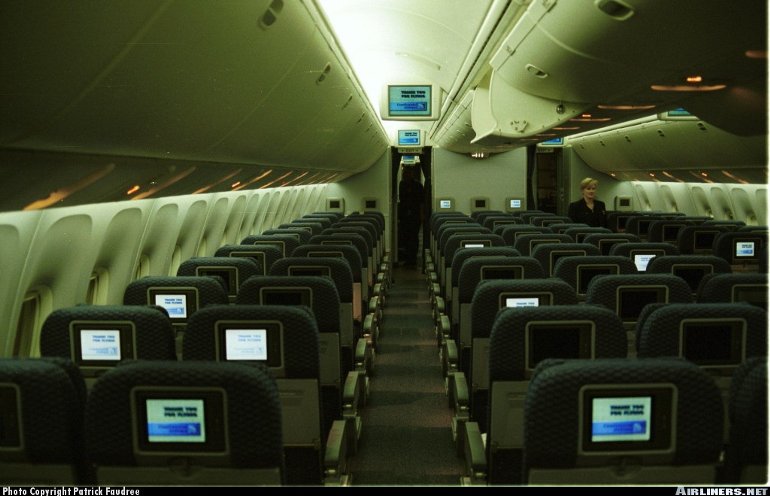Aircraft Technical Data
Boeing 767-400



| Details | |
| Country of Origin | United States of America |
| Type | Long range widebody airliner |
| History | Boeing's 767-400ER is a stretched development of the popular 767-300ER, designed to replace early A300, A310 and 767 twins used on transcontinental services and DC-10-30s and L-1011 trijets used for intercontinental work. It competes with the A330-200. Design work on the then 767-400ERX began in late 1996 when Boeing signed a technical assistance agreement covering the program with the then independent Douglas Aircraft Company division of McDonnell Douglas. At the time Boeing suffered from a shortage of engineering talent with a number of other key programs underway while Douglas had surplus engineering capacity following the cancellation of the MD-XX (Boeing and McDonnell Douglas subsequently merged in August 1997). The program was formally launched as the 767-400ER in January 1997 when Delta Airlines ordered 21. The most significant change with the 767-300 is the 6.4m (21ft) fuselage stretch, which increases typical three class seating capacity from 218 to 245. Because of the increased fuselage length the -400 features all new, 46cm (18in) taller landing gear to restore rotation angles for acceptable takeoff and landing speeds and distances which would otherwise have been adversely affected by the fuselage stretch. The wheels, tyres and brakes are common with the 777. Compared to the 767-300, the 767-400ER's wing features 2.34m (7ft 8in) long raked wingtips which improve aerodynamic efficiency. Winglets were originally considered but the wingtip extensions proved more efficient. The wing is also made from increased gauge aluminium with thicker spars. Inside, the 767-400ER features a 777 style advanced flightdeck with six colour multifunction displays, which can present information in the same format as earlier 767s, allowing a common type certificate, or as for the 777 and Next Generation 737s. The all new passenger interior is similar to that in the 777. Other features include common engines with the 767-300, a new APU, new tailskid and increased weights. The first flight was made 9 October 1999. Four aircraft took part in the development program. Delta Airlines was the launch customer, and, as of December 2001, the aircraft was also ordered by Continental Airlines and Kenya Airways. |
| Powerplants | Two 281.6kN (63,300lb) Pratt & Whitney PW4062 turbofans, or two 276.2kN (62,100lb) General Electric CF6-80C2B7F1s or 282.5kN (63,500lb) CF6-80C2B8Fs. |
| Performance | Design cruising speed 0.80 Mach. Design range at max takeoff weight with max passengers 10,343km (5580nm) with PW4062s, 10,418km (5625nm) with CF6-80C2B8Fs. |
| Weights | Operating empty with PW4062s 103,145kg (227,400lb), 103,100kg (227,300lb) with CF6-80C2B8Fs, max takeoff 204,120kg (450,000lb). |
| Dimensions | Wing span 51.92m (170ft 4in), length 61.37m (201ft 4in), height 16.87m (55ft 4in) |
| Capacity | Flightcrew of two. Typical three class arrangement for 245 passengers, comprising 20 first class at 152cm (60in) pitch, 50 business at 97cm (38in) and 175 economy at 81cm (32in). |
| Production | Orders for the 767-400 as of December 2001 stood at 40 with 24 aircraft delivered. In current production. |
| Related Links | Boeing 767-400 |
The backbone of this section is from the The International Directory of Civil Aircraft by Gerard Frawley and used with permission. To get your own copy of the book click here. |
|








